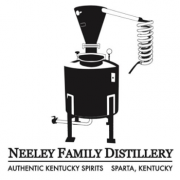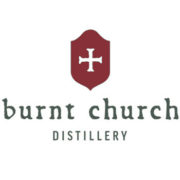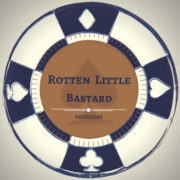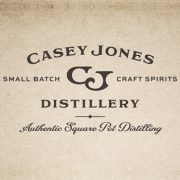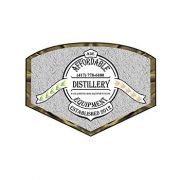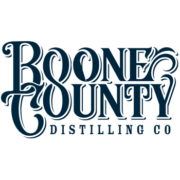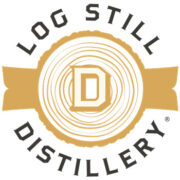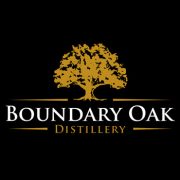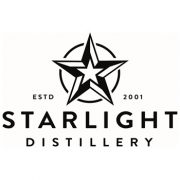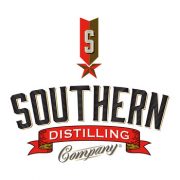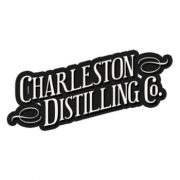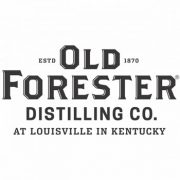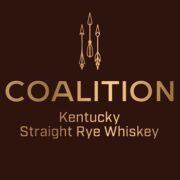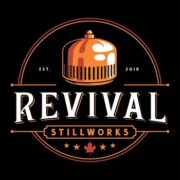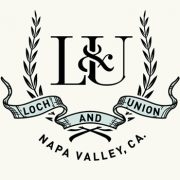
About two decades before George Washington, the nations first President, started his distillery at Mt. Vernon, hardy pioneers, surveyors, and explorers were making their way through the buffalo trace crossings along the Kentucke (original spelling used on early maps) River near Lees-town in 1773. Two years later, Lees-town or Leestown was surveyed and literally put on the map. We know this town today by the name Frankfort, the capital of Kentucky and home to Buffalo Trace Distillery, maker of its namesake brand Buffalo Trace as well as E.H. Taylor, Jr., George T. Stagg, Albert B. Blanton, Elmer T. Lee, Pappy Van Winkle, and W.L. Weller bourbon and rye whiskeys.
The first commercial distillery on this site dates back to 1858. Just over a decade later that distillery was acquired by Col. Edward Haynes ‘E.H.’ Taylor, Jr., a man often referred to as the ‘Father of the Modern Bourbon Industry.’ And as they say, the rest is history, in this case, Bourbon History.
Through the challenges of floods, lightning strikes, fires, World Wars, tornadoes, Prohibition, and a major downturn in brown spirits, the distillery known today as Buffalo Trace Distillery has survived and thrived.
We’ve distilled the two and a half centuries since its beginning into this condensed timeline to give you an idea how Buffalo Trace Distillery got where it is today. Enjoy!
Stay Informed: Sign up here for the Distillery Trail free email newsletter and be the first to get all the latest news, trends, job listings and events in your inbox.
The Buffalo Trace Distillery Timeline
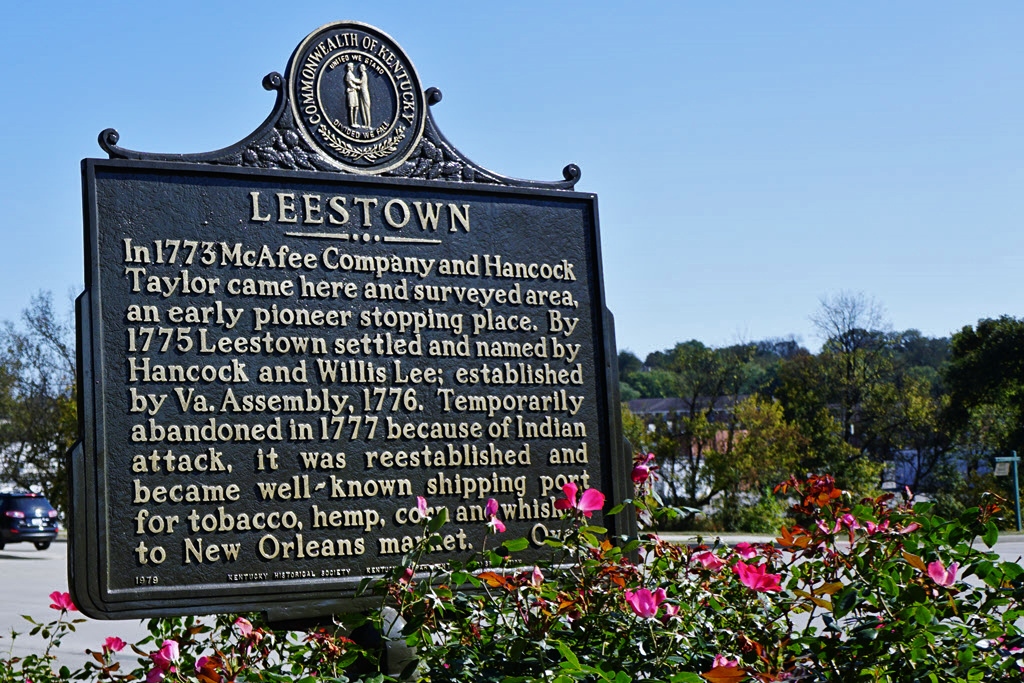
-
Save
Leestown Surveying Begins

-
Save
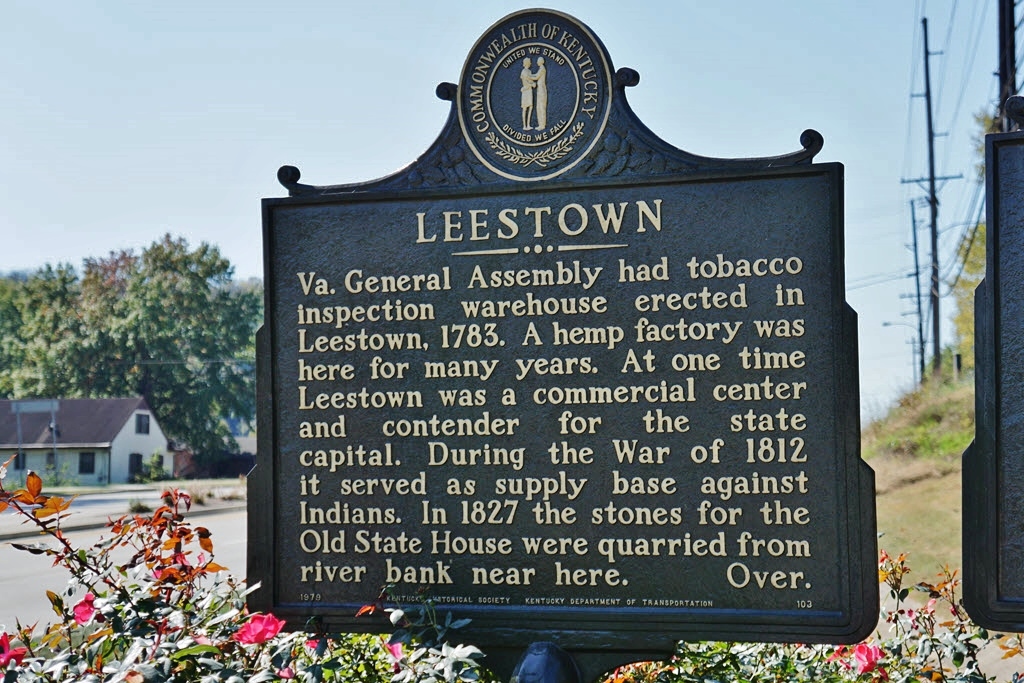
-
Save

-
Save
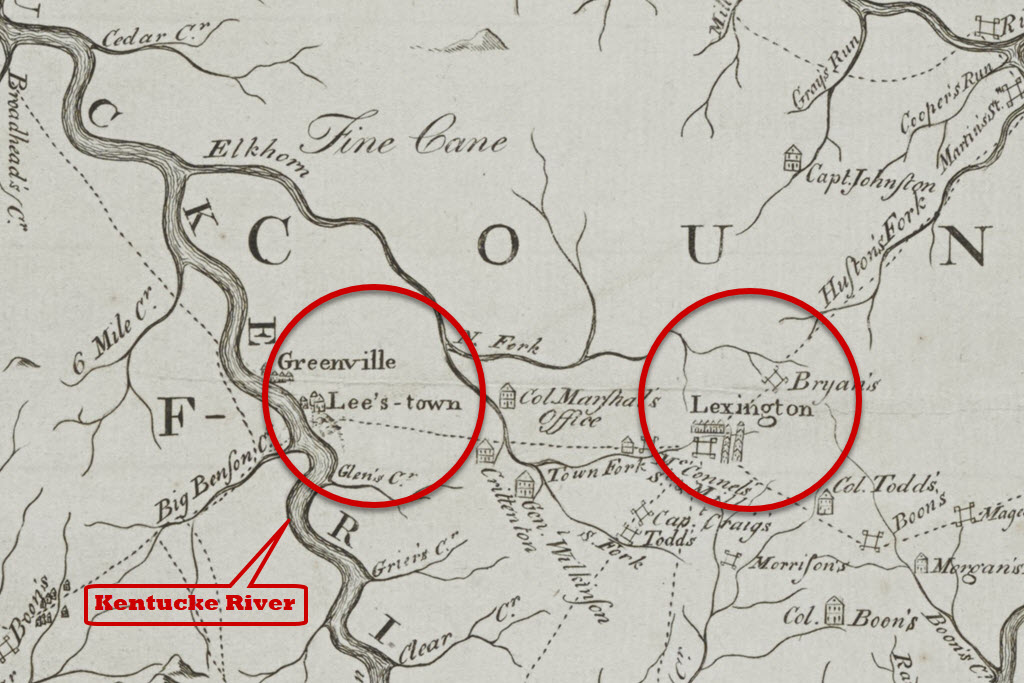
-
Save
Lee's-town Appears on Map

-
Save
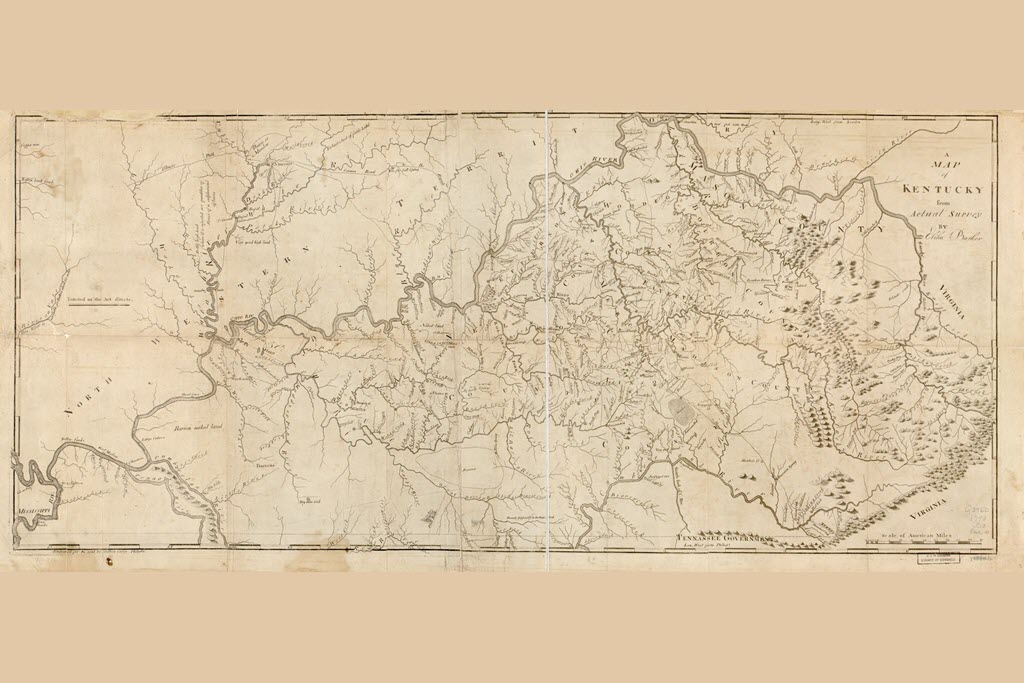
-
Save
Kentucky is the 15th State

-
Save
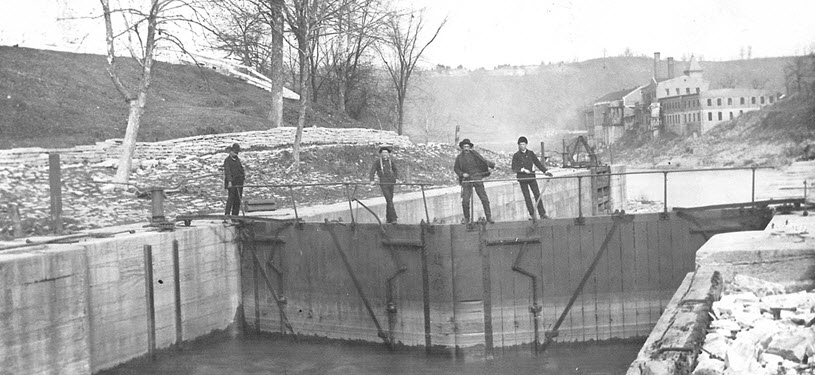
-
Save
Swigert Distillery

-
Save
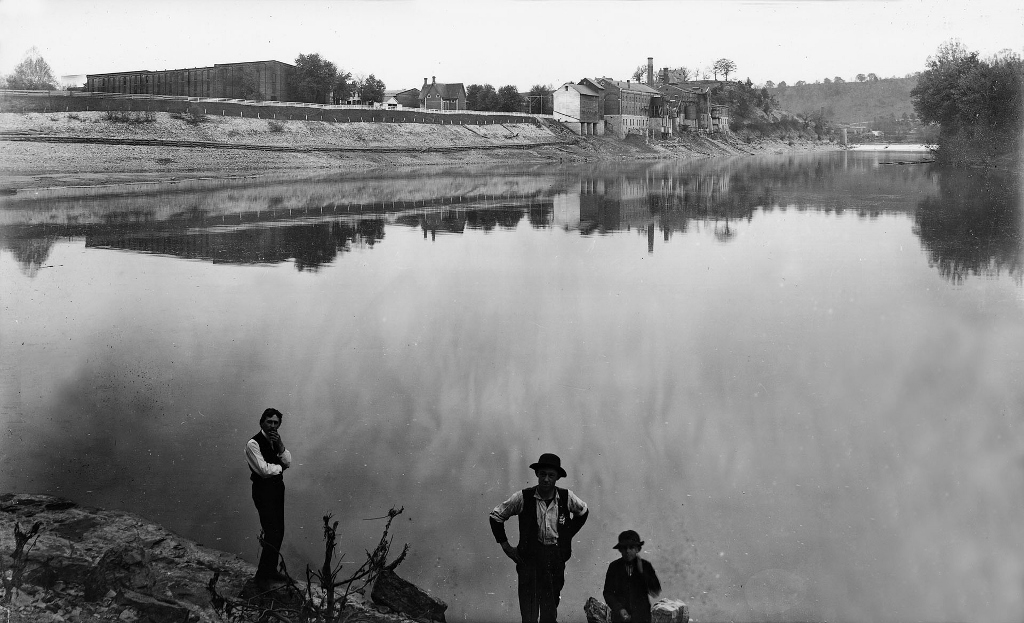
-
Save
Swigert Distillery For Sale

-
Save
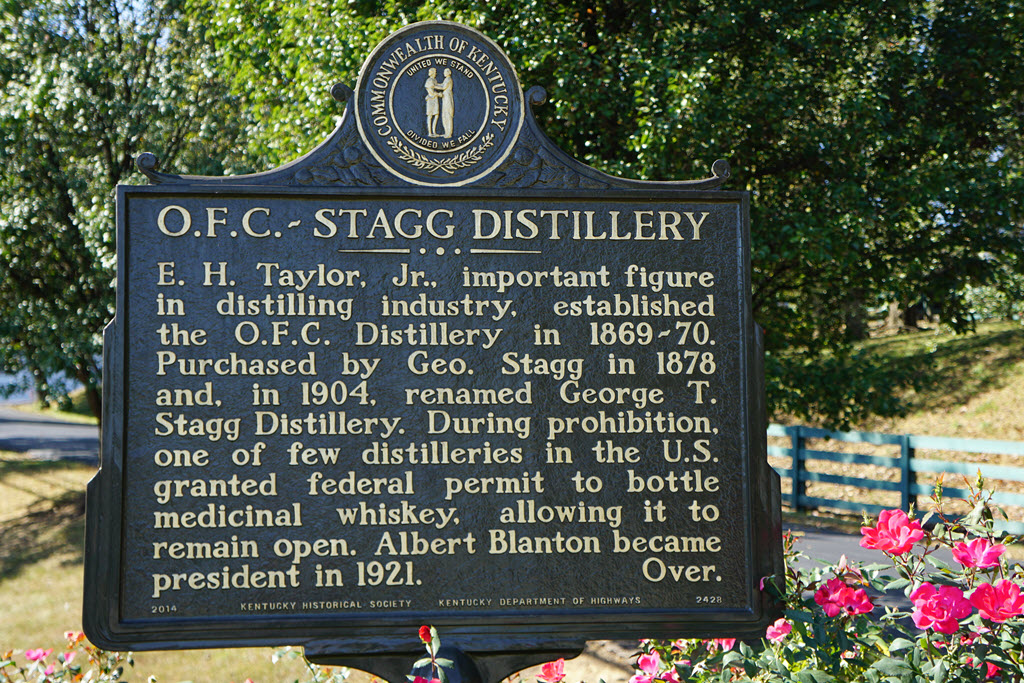
-
Save
O.F.C Distillery / George T. Stagg Distillery

-
Save
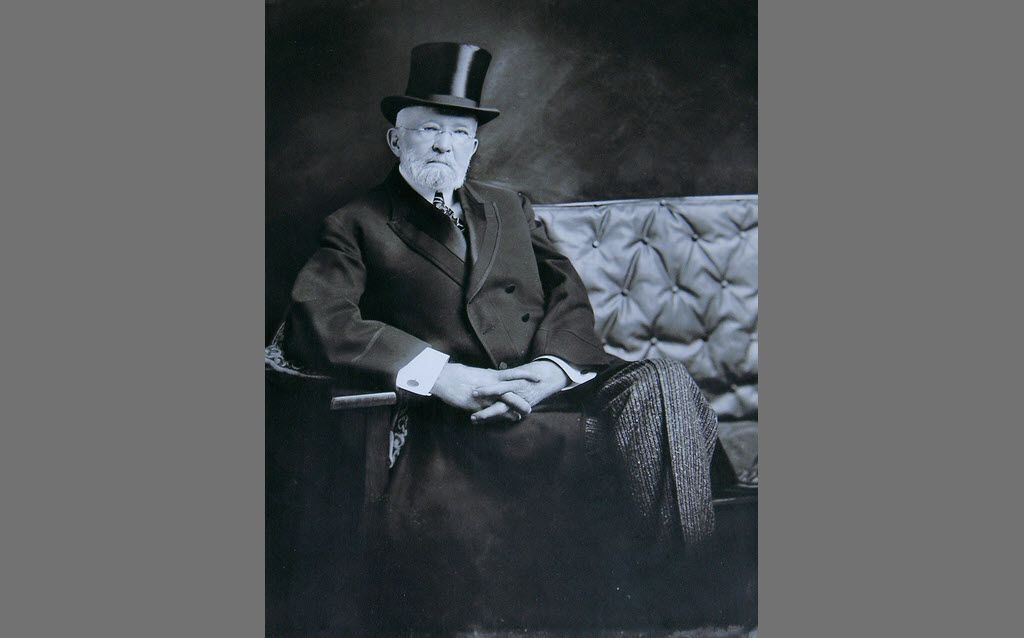
-
Save
The Father of Modern Bourbon Industry

-
Save
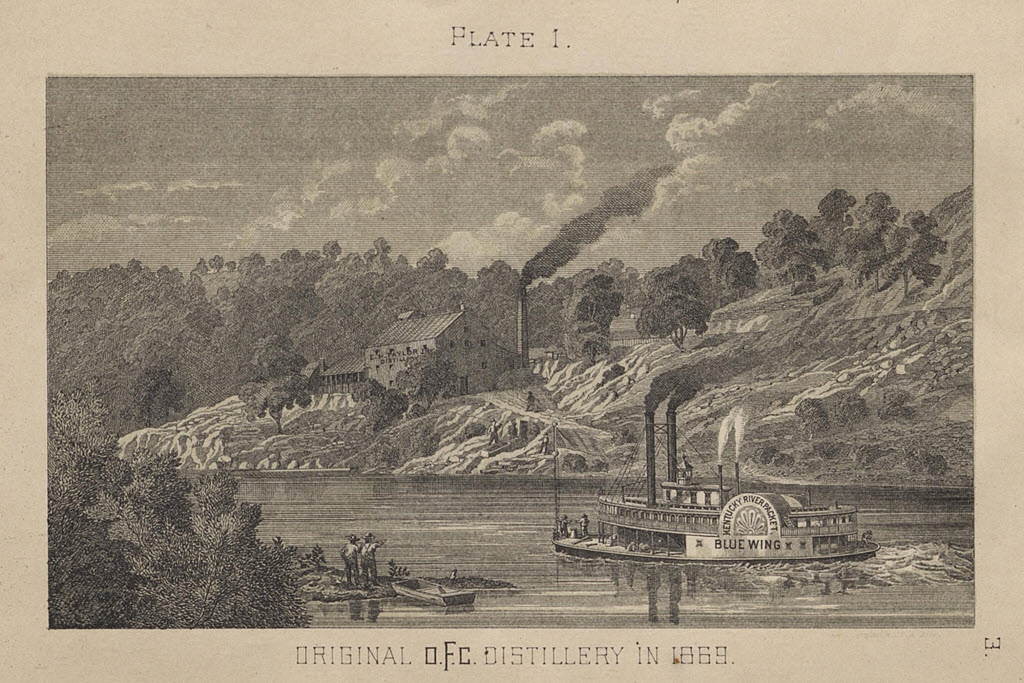
-
Save
The Original O.F.C. Distillery

-
Save
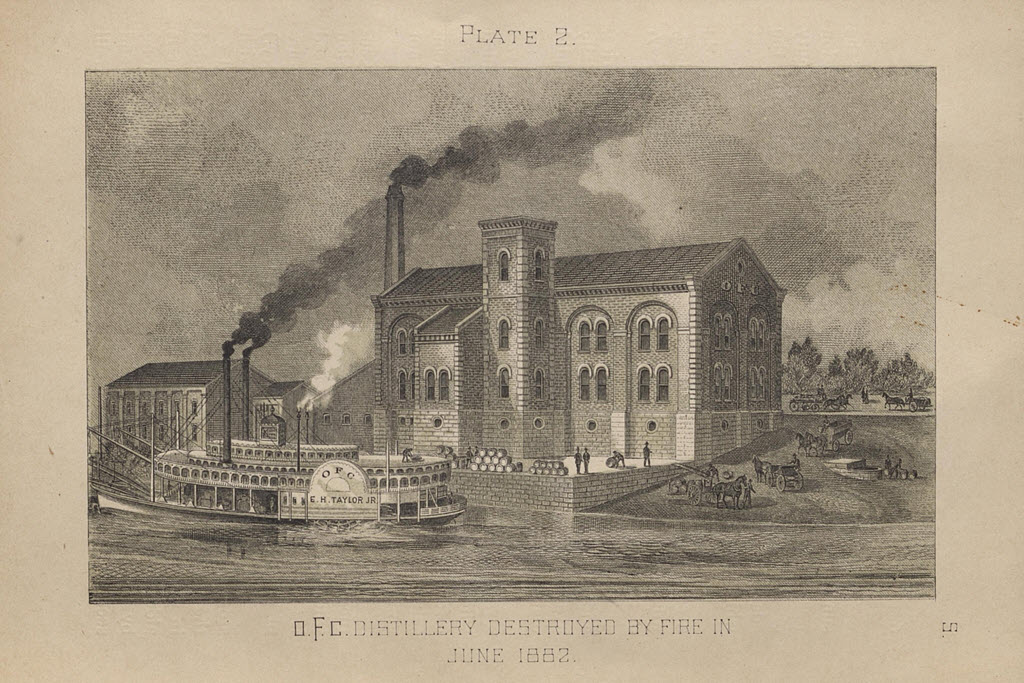
-
Save
The Second O.F.C. Distillery

-
Save
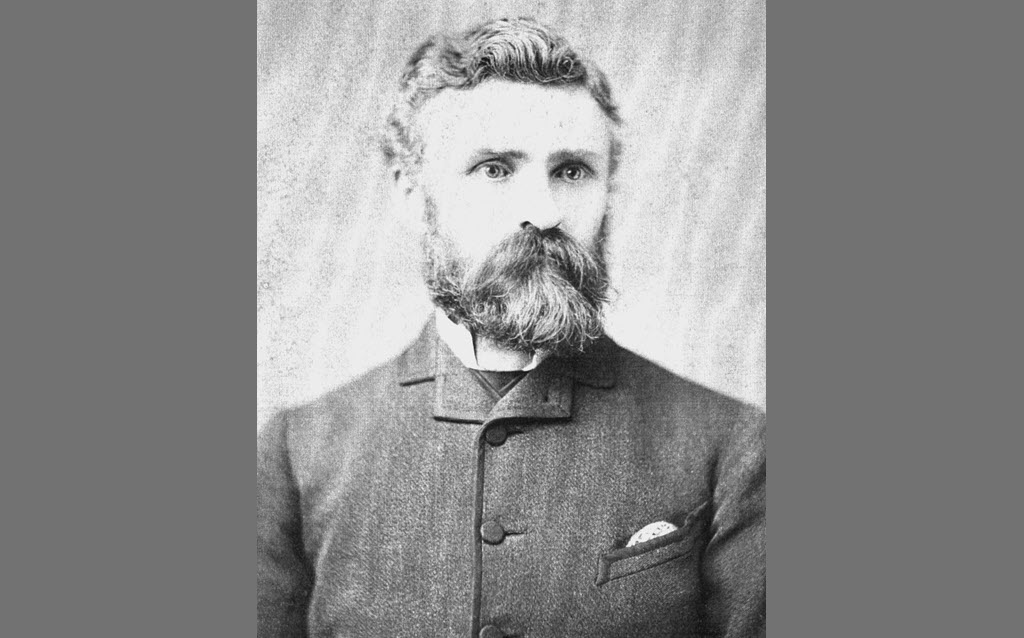
-
Save
Taylor Declares Bankruptcy – George T. Stagg Acquires O.F.C Distillery

-
Save
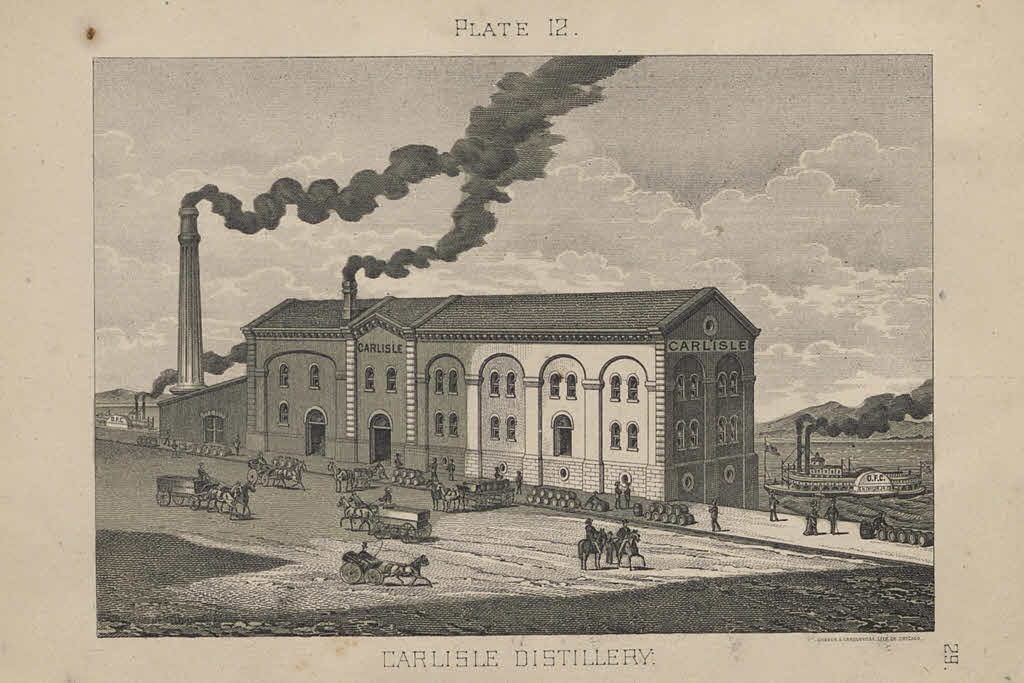
-
Save
The Carlisle Distillery is Built Next to the O.F.C. Distillery

-
Save
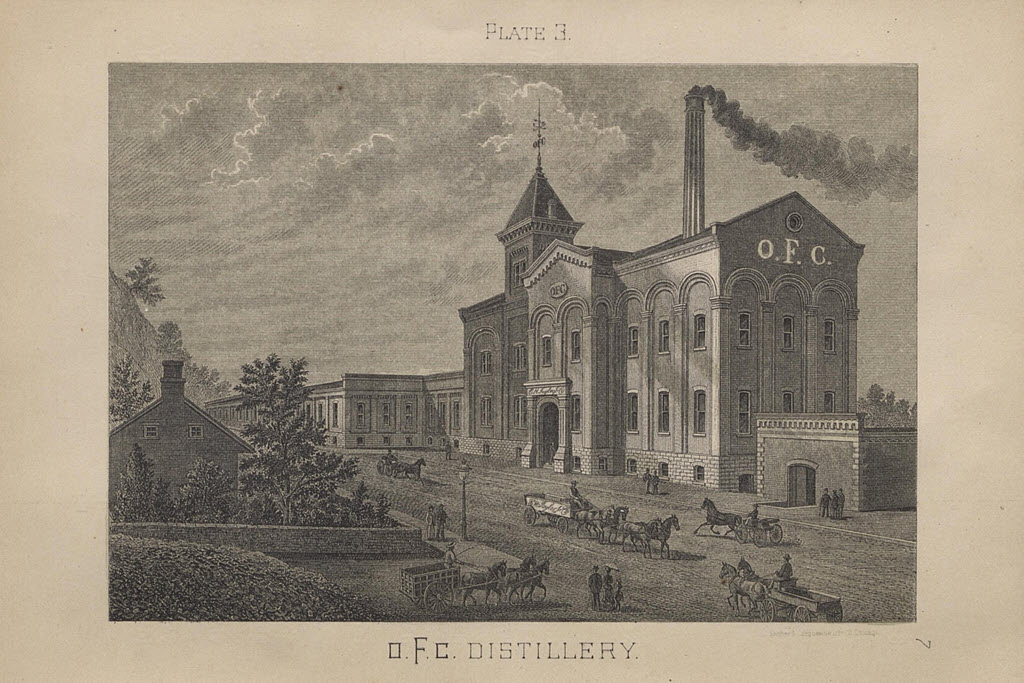
-
Save
The Third O.F.C. Distillery

-
Save
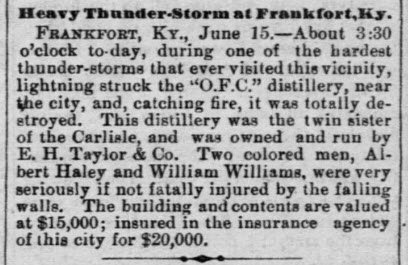
-
Save
Distillery Burns to Ground from Lighting Strike

-
Save
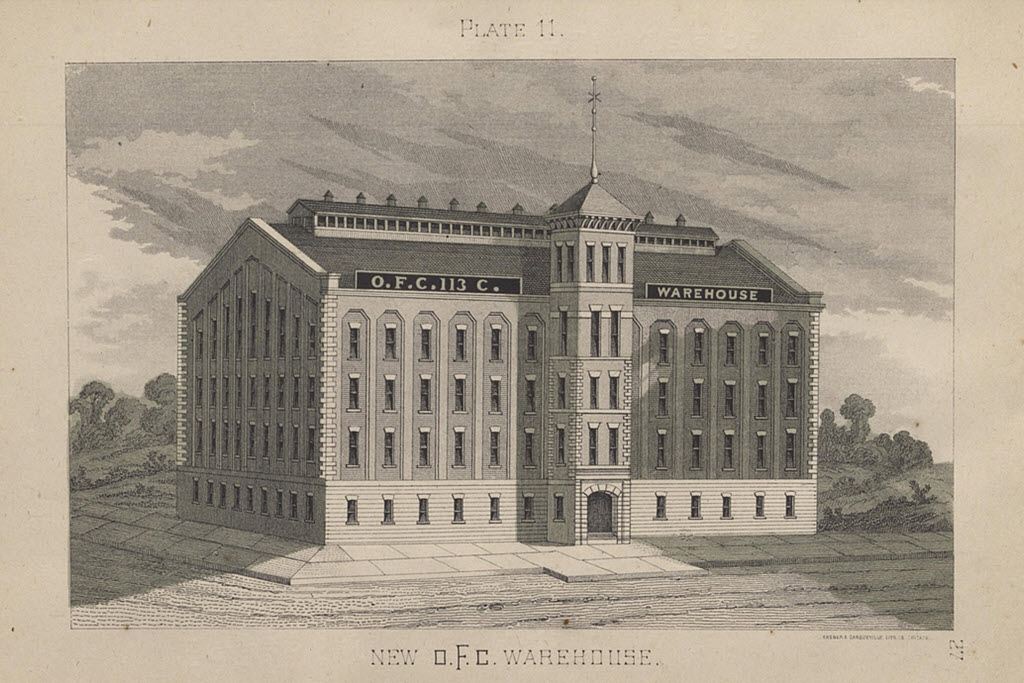
-
Save
O.F.C. Distillery Warehouse C

-
Save
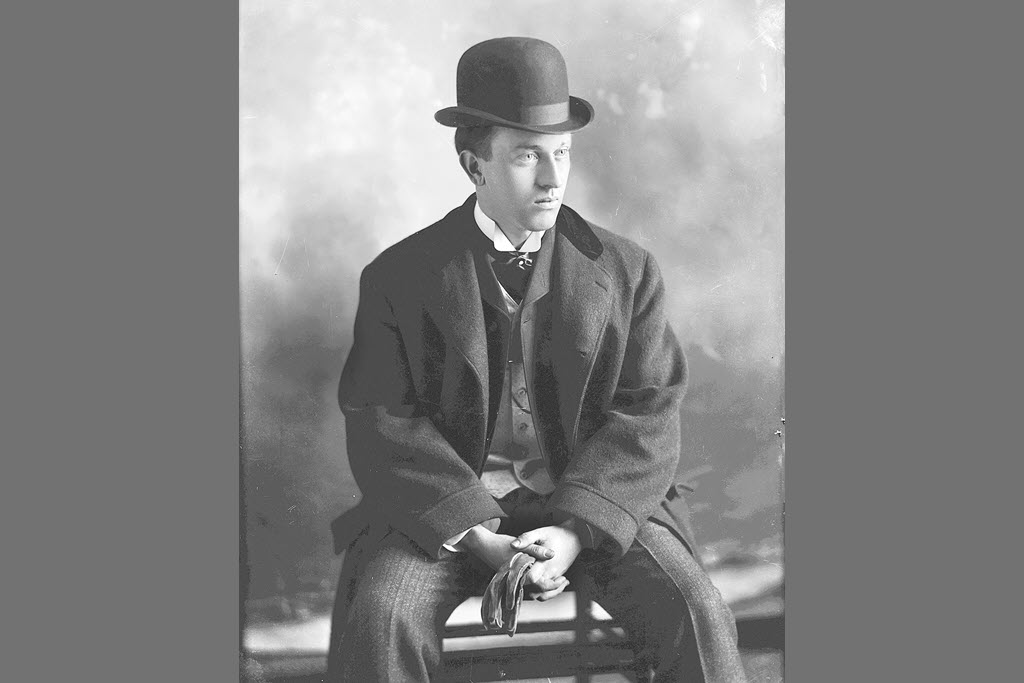
-
Save
Albert Blanton Joins the Company at 16 Years of Age

-
Save
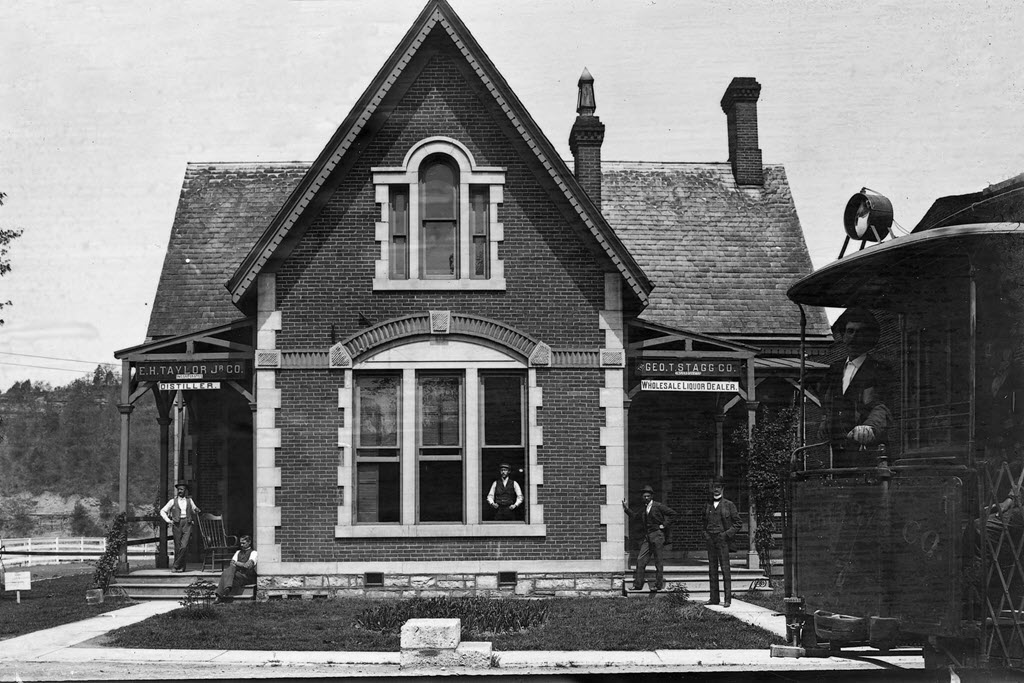
-
Save
The Distillery was Rechristened the George T. Stagg Distillery

-
Save
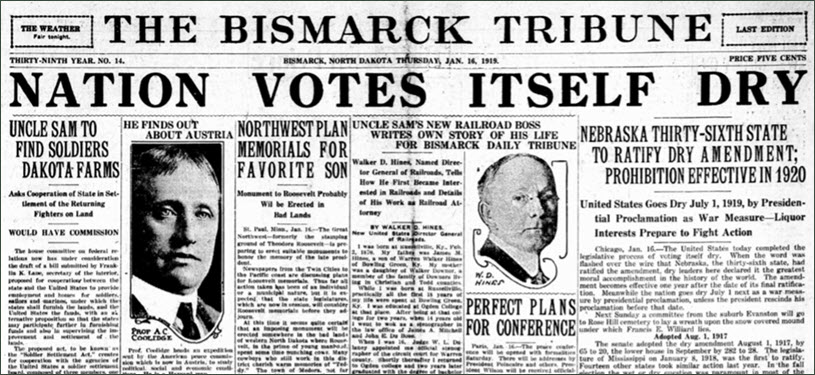
-
Save
The U.S. Votes Itself Dry

-
Save
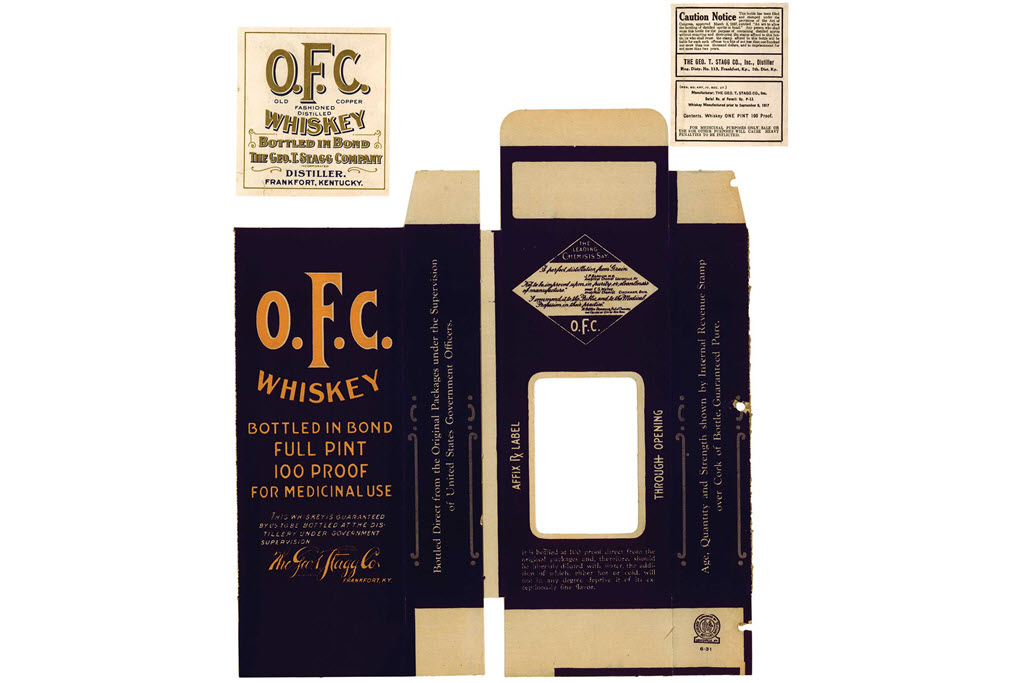
-
Save
George T. Stagg Distillery was 1 of 6 Allowed to Dispense Medicinal Whiskey

-
Save
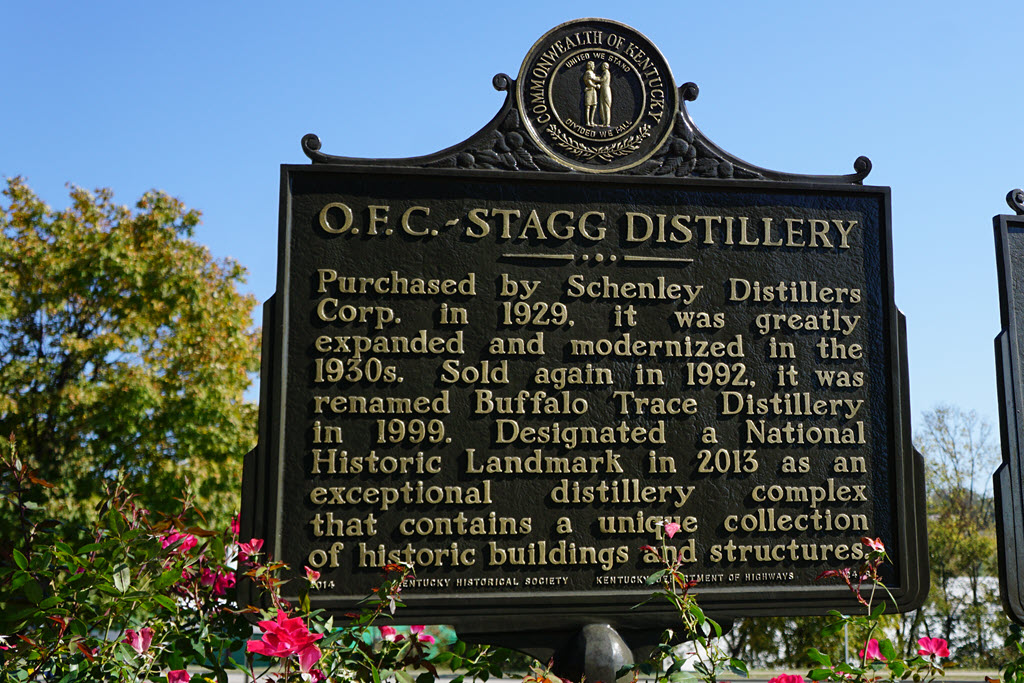
-
Save
Schenley Distillers buys the George T. Stagg Distillery

-
Save
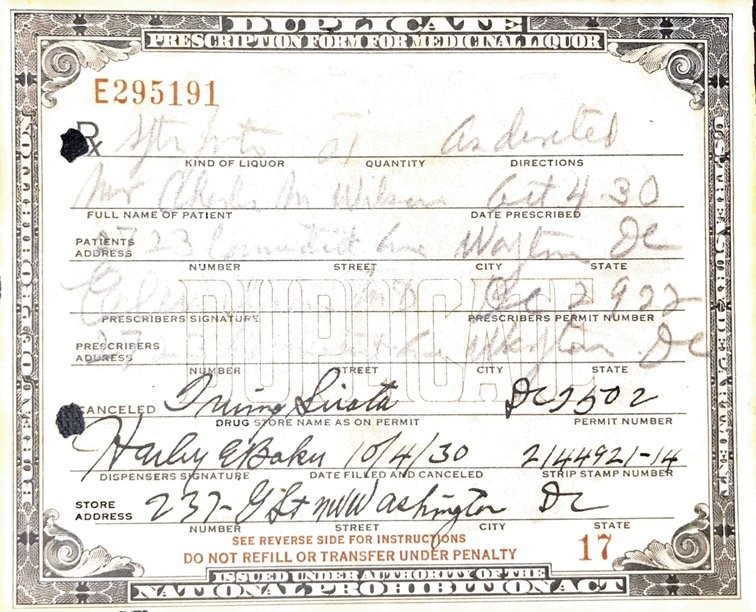
-
Save
A limited number of distilleries were restarted to produce whiskey during Prohibition.

-
Save
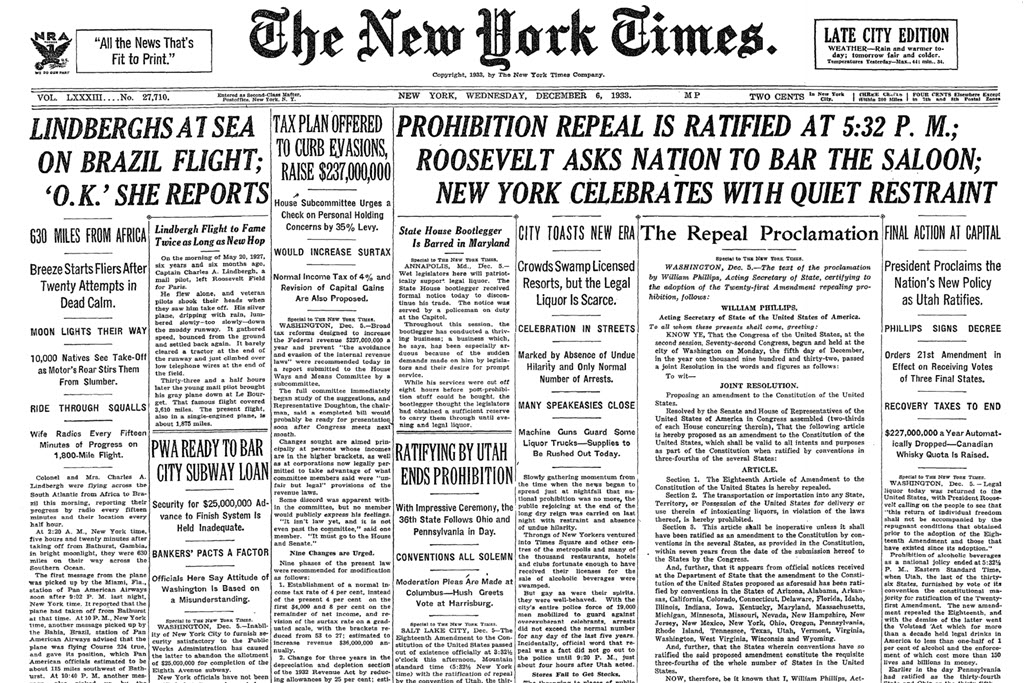
-
Save
On December 5, 1933 Prohibition was Repealed

-
Save
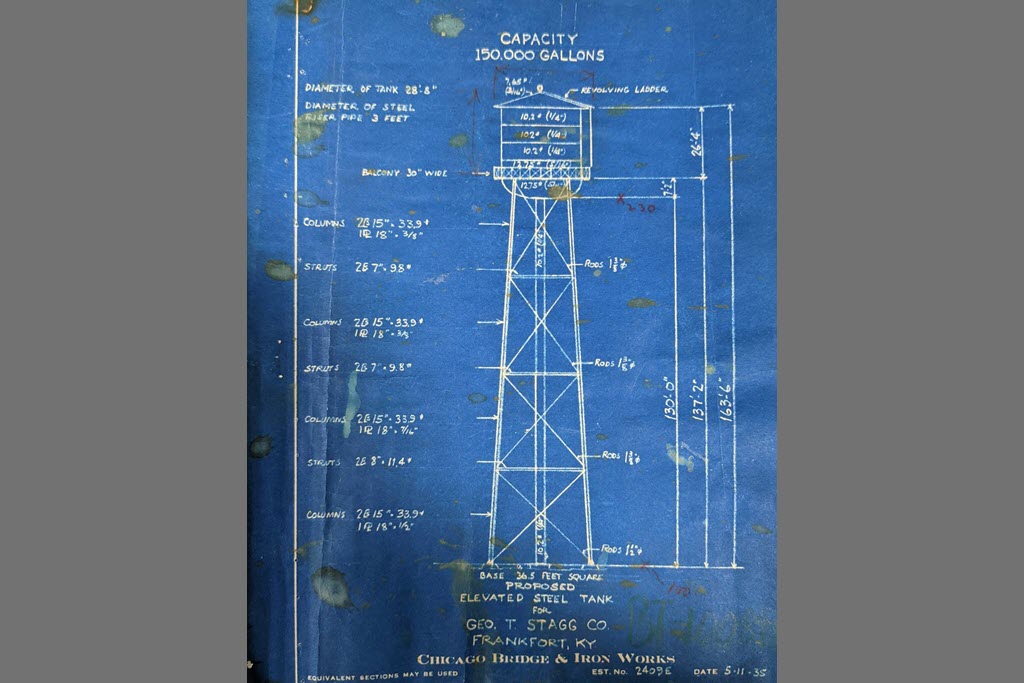
-
Save
The George T. Stagg Water Tower

-
Save
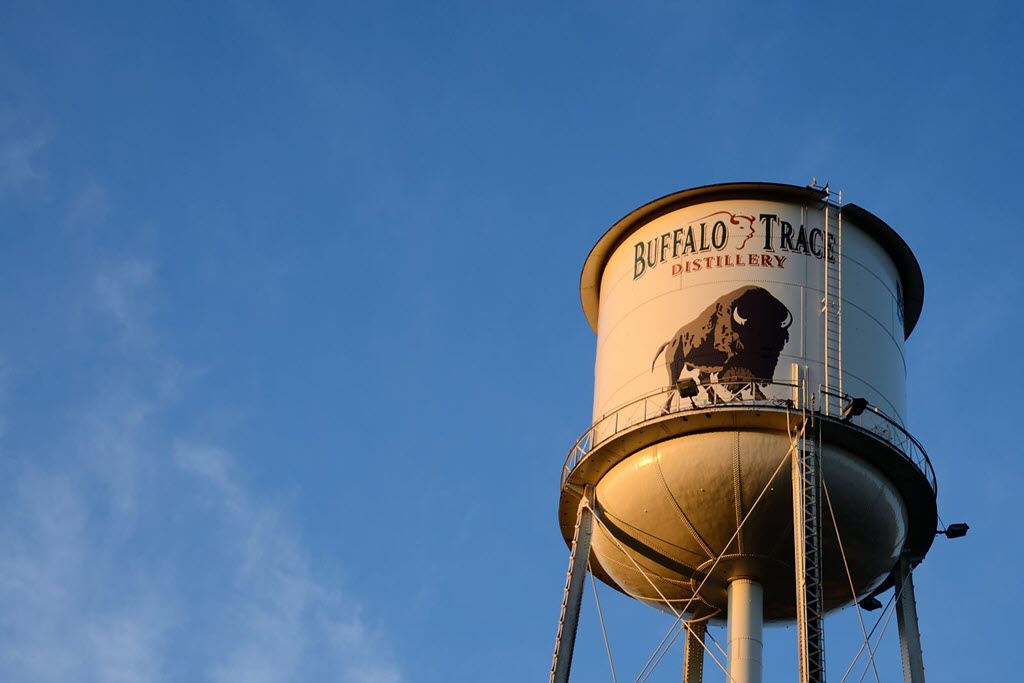
-
Save
The Iconic Buffalo Trace Distillery Water Tower

-
Save
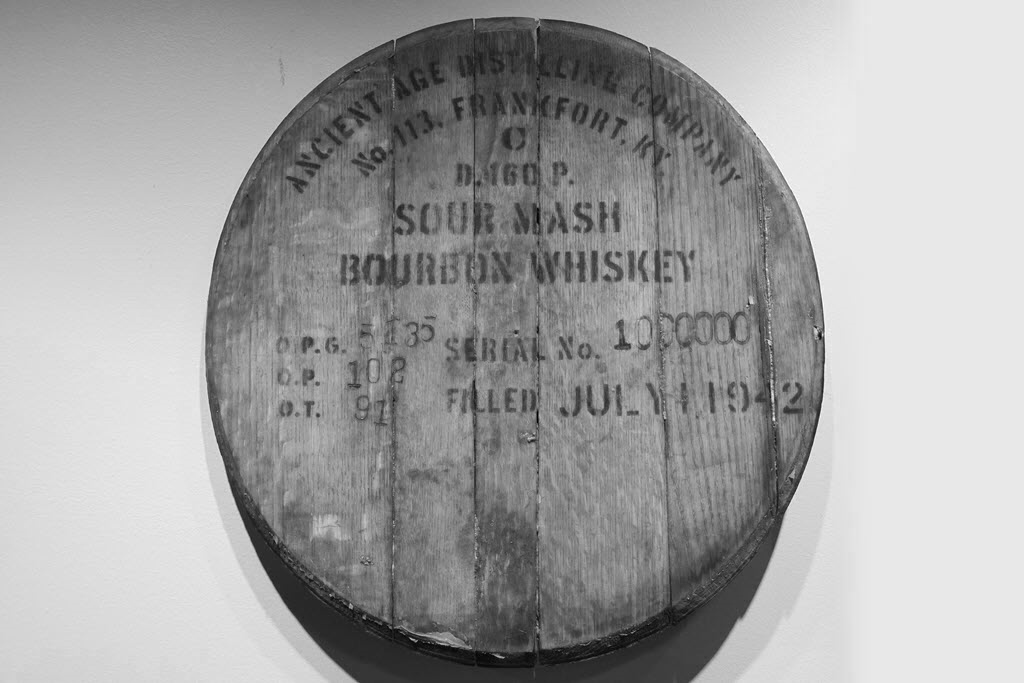
-
Save
Ancient Age Distilling Co.

-
Save
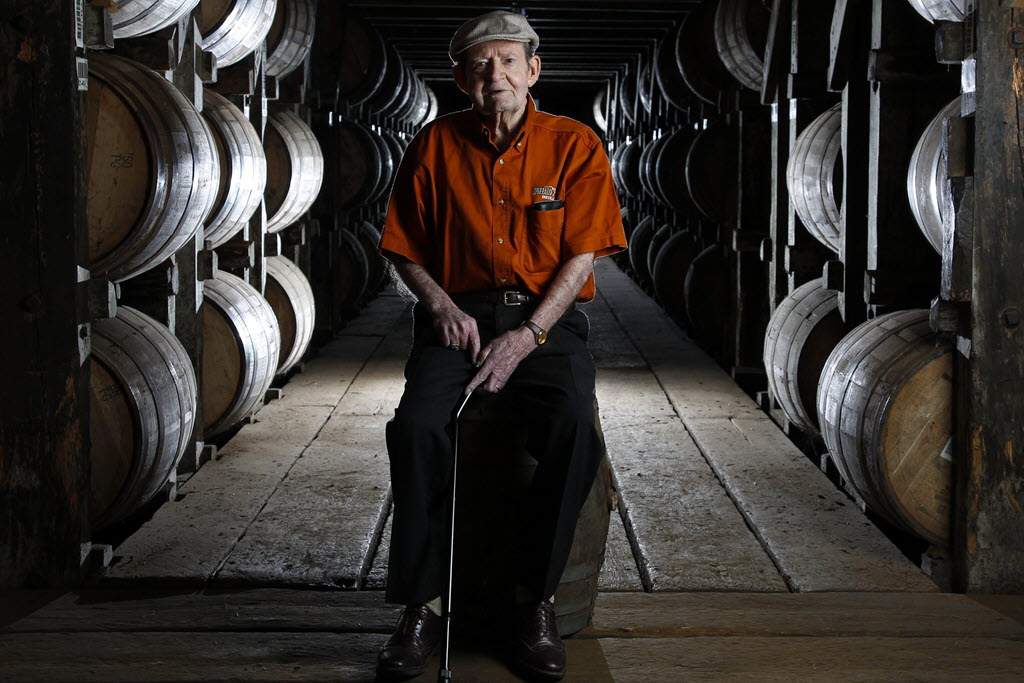
-
Save
“Son, we’re not hiring any hands today.”

-
Save
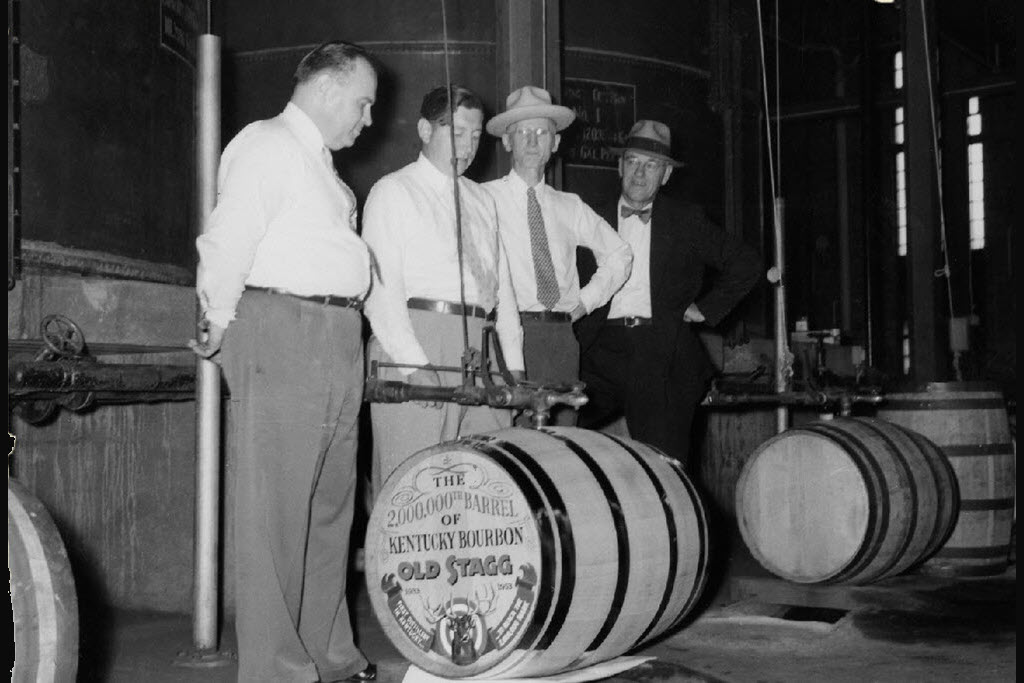
-
Save
George T. Stagg Bourbon

-
Save
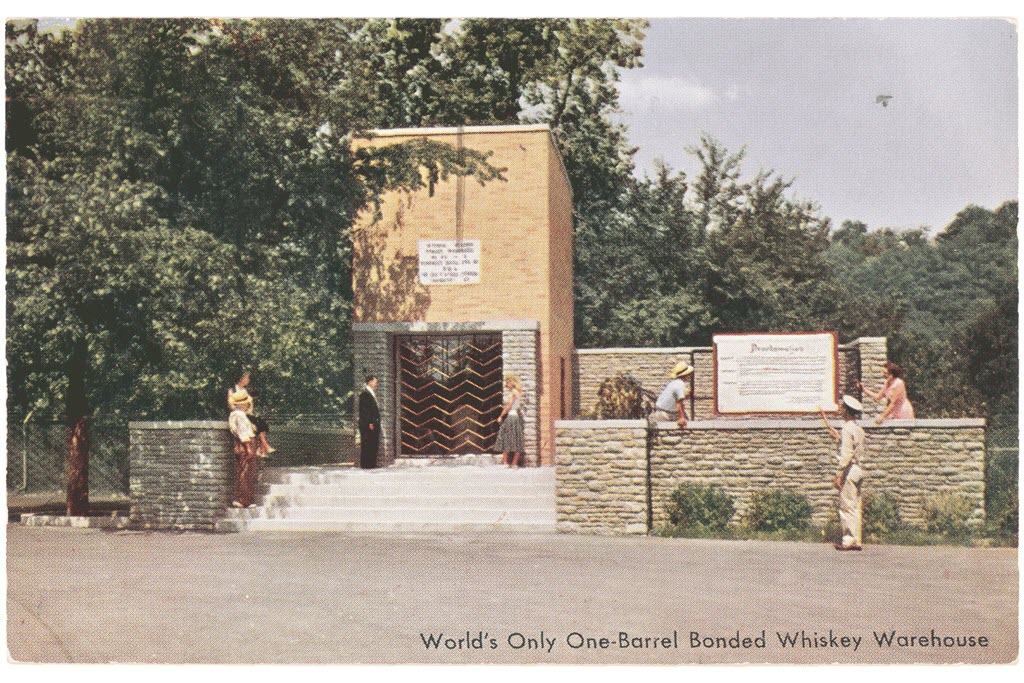
-
Save
Warehouse V to Hold Each Millionth Barrel

-
Save
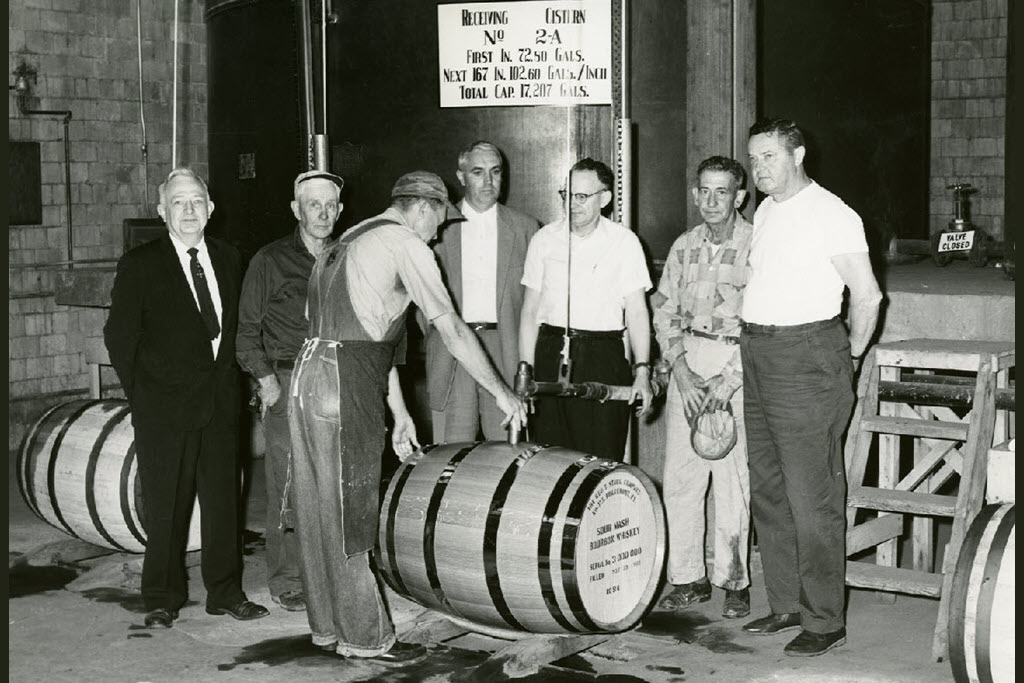
-
Save
Ancient Age Distilling Company

-
Save
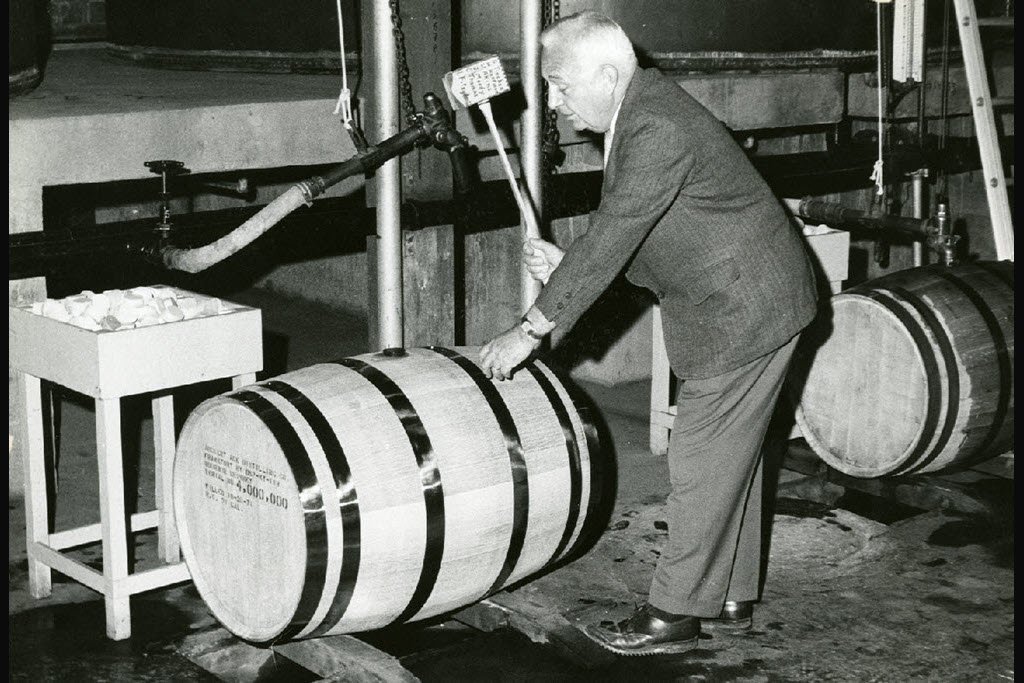
-
Save
Ancient Age Distilling Company

-
Save
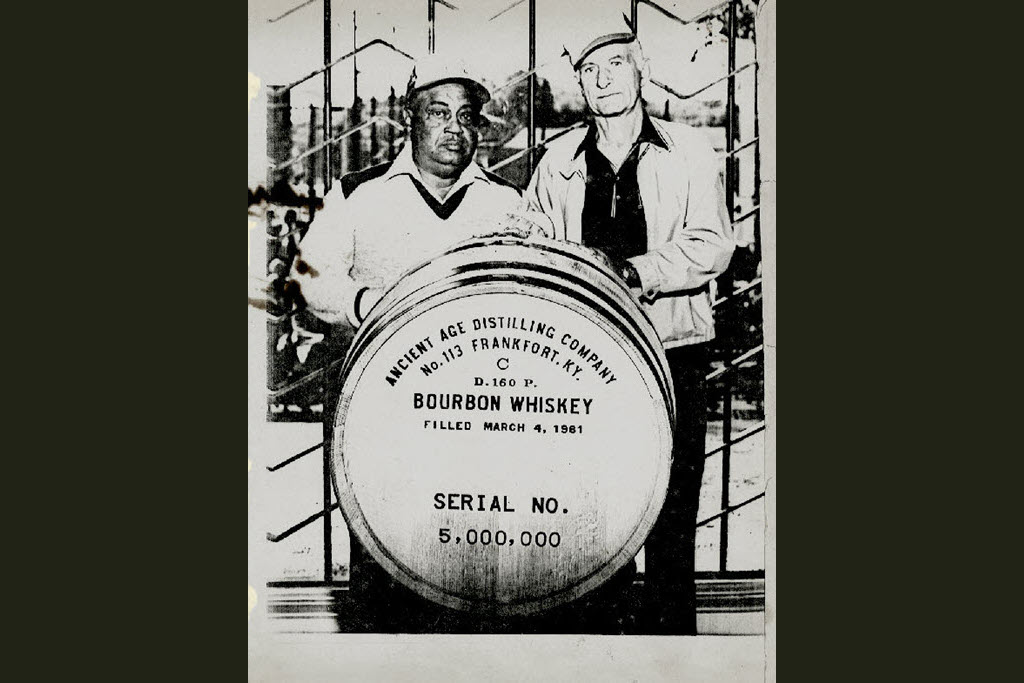
-
Save
Ancient Age Distilling Company

-
Save
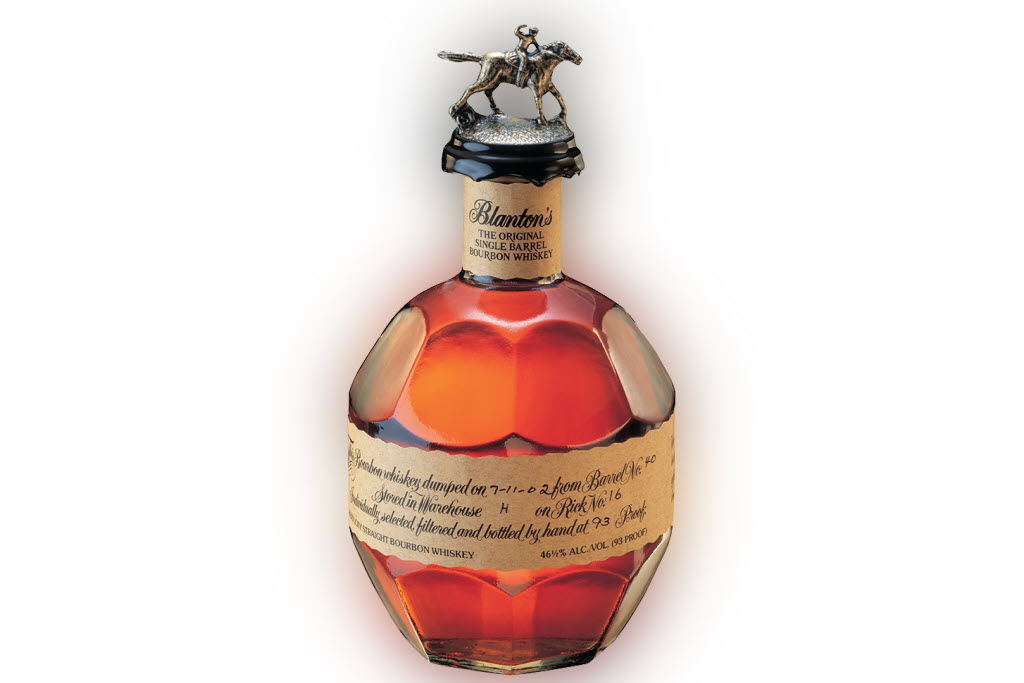
-
Save
Ancient Age Distilling Co. Sells to a NY Company

-
Save
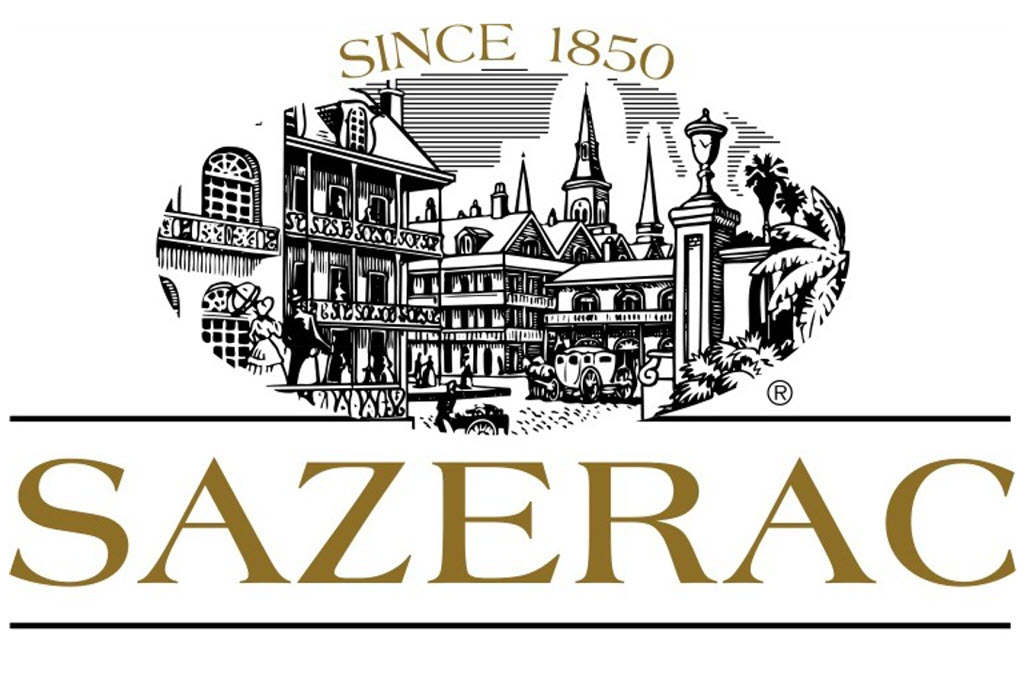
-
Save
Ancient Age Distilling Co. Acquired by the Goldring Family

-
Save
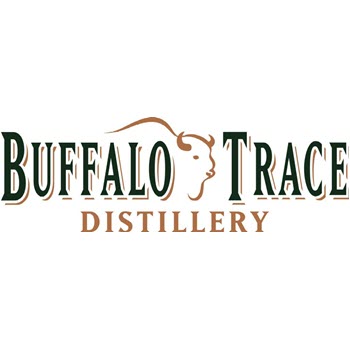
-
Save
Introducing Buffalo Trace Distillery

-
Save

-
Save
How Did Buffalo Trace Distillery Get its Name?

-
Save
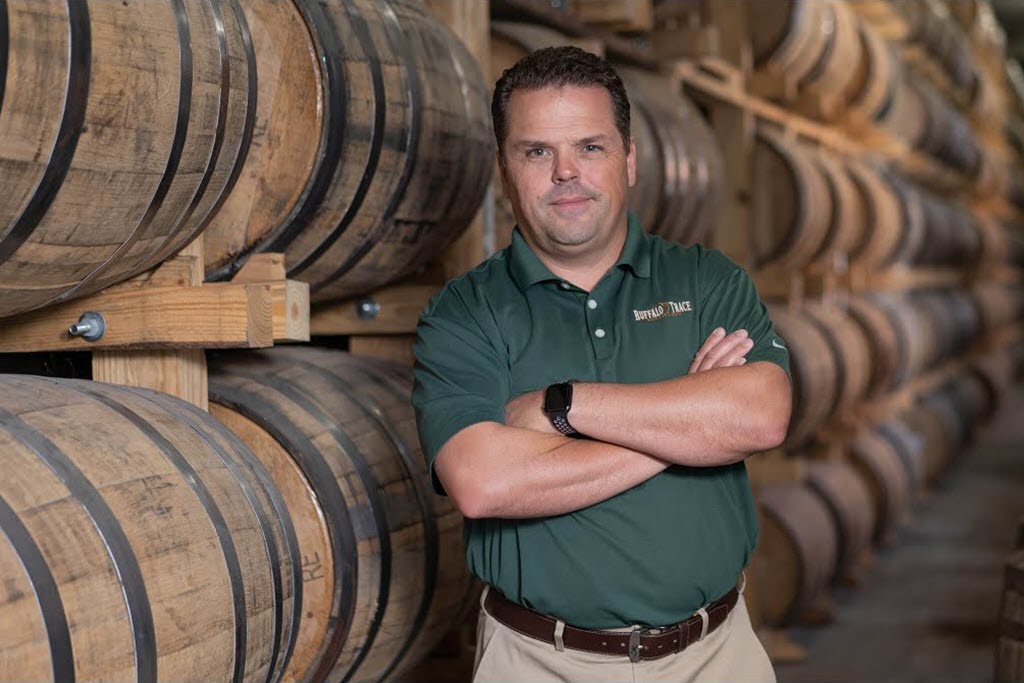
-
Save
Harlen Wheatley is Buffalo Trace’s 6th Master Distiller

-
Save
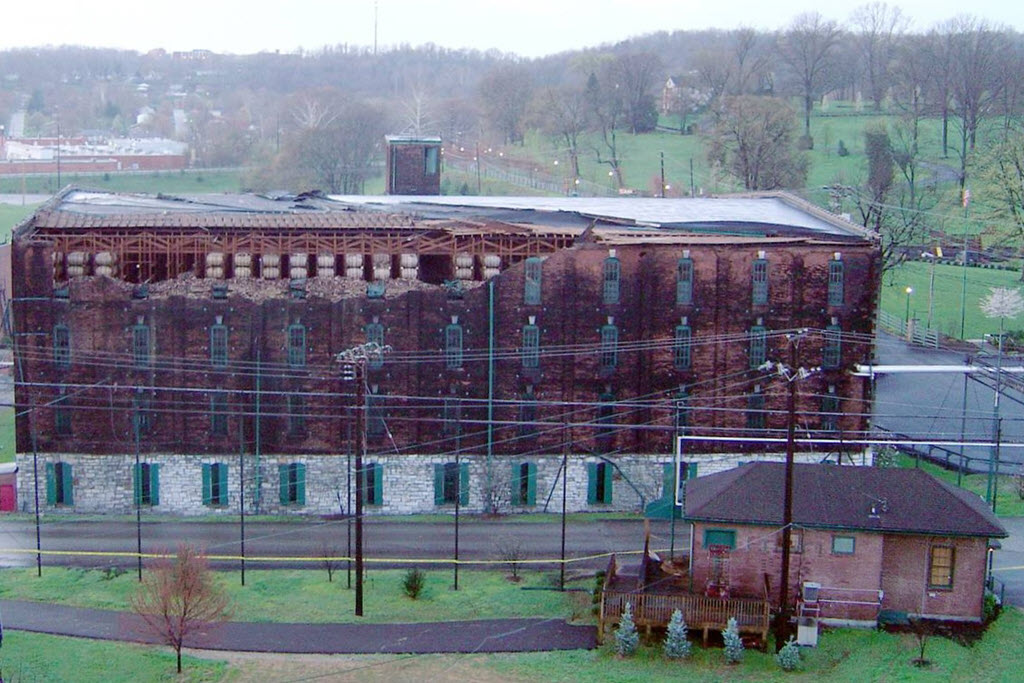
-
Save
Tornado Leads to Tornado Surviving Bourbon

-
Save
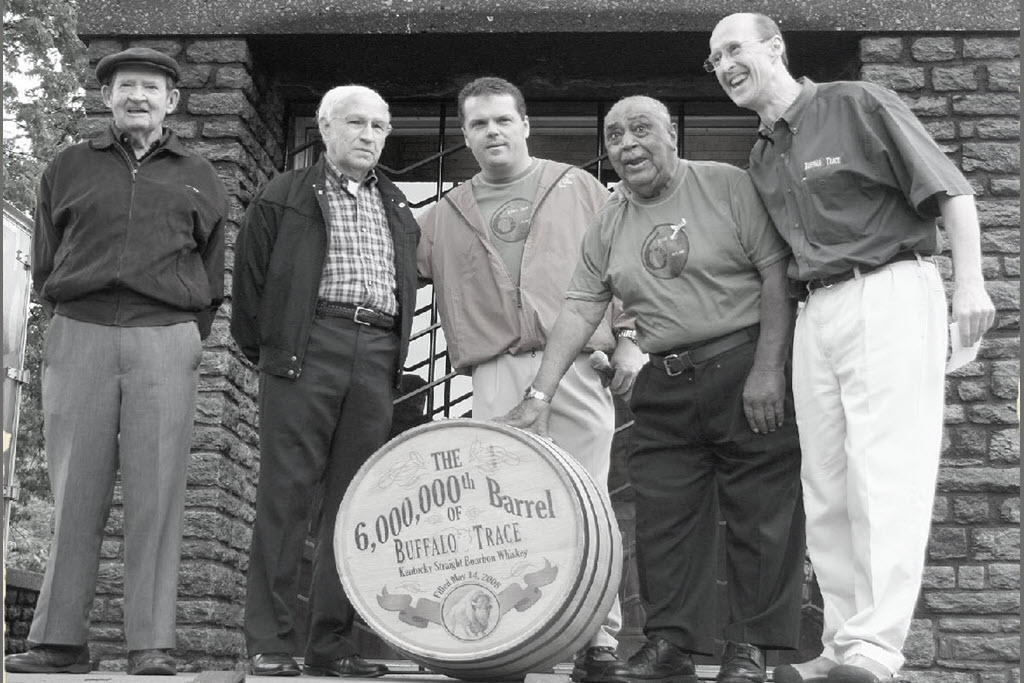
-
Save
Buffalo Trace Distillery

-
Save
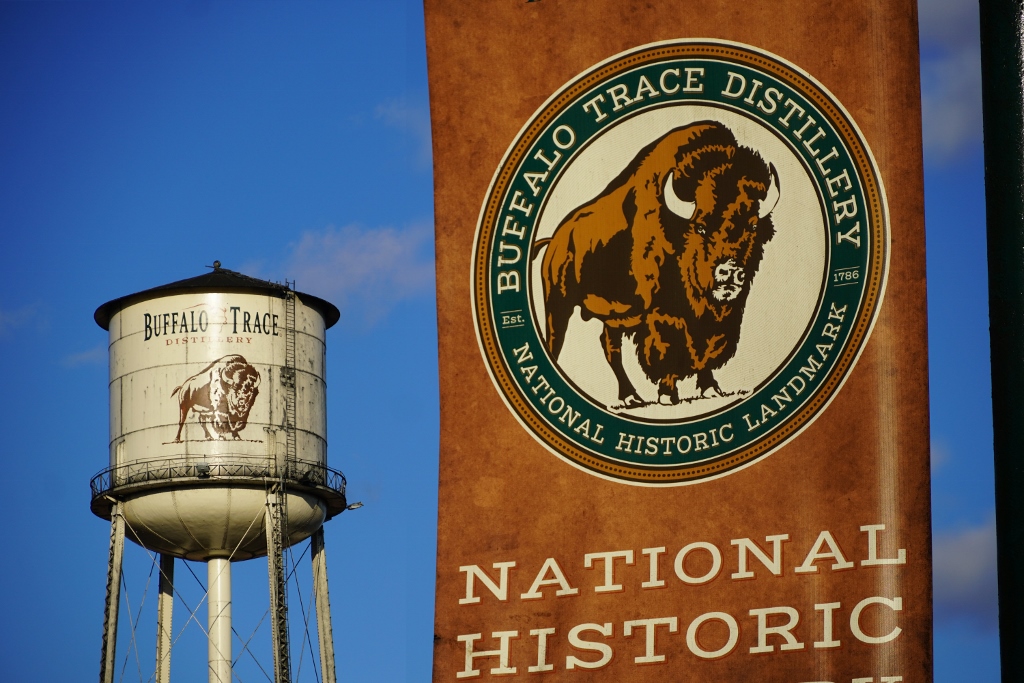
-
Save
Buffalo Trace Distillery Designated National Historic Landmark

-
Save

-
Save
The Original O.F.C. Distillery Discovered

-
Save
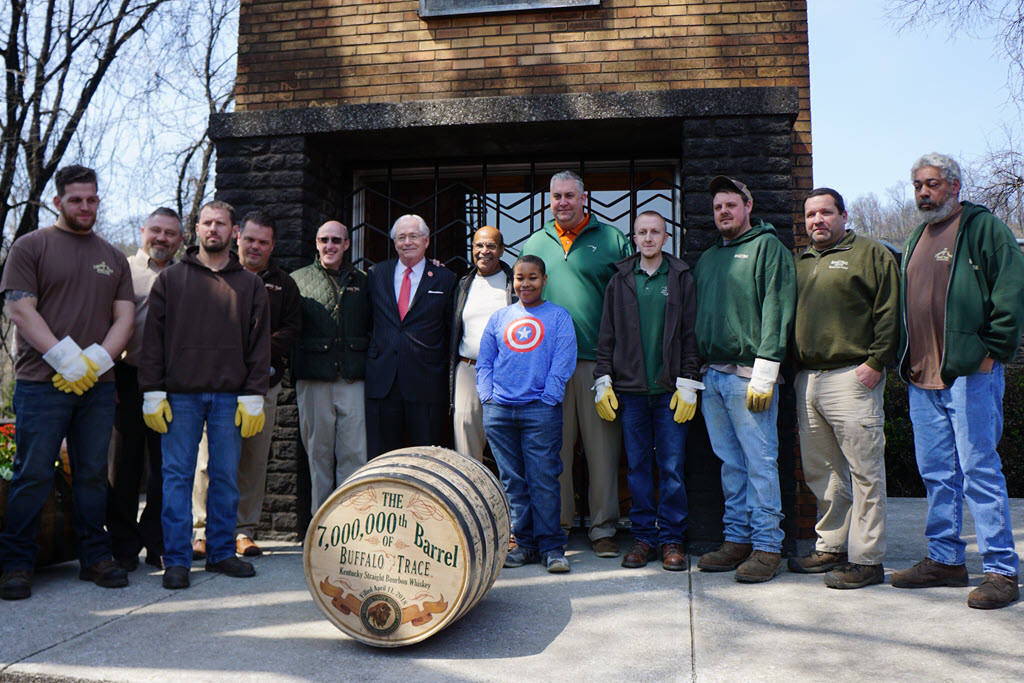
-
Save
Buffalo Trace Distillery

-
Save
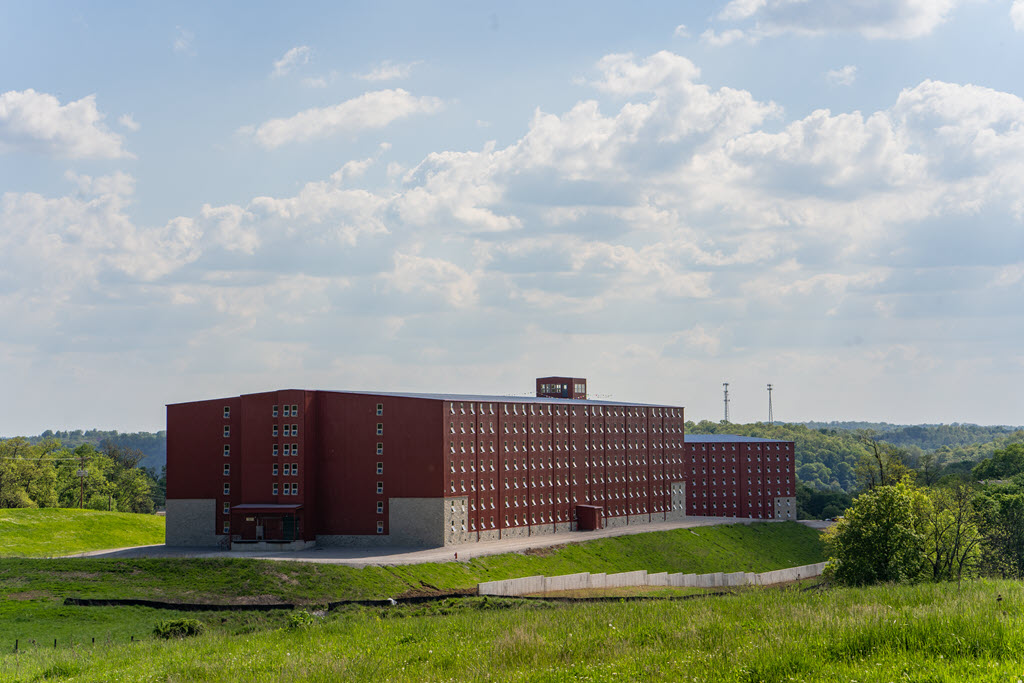
-
Save
Buffalo Trace Distillery Completes 1st New Warehouse Since 1950s

-
Save
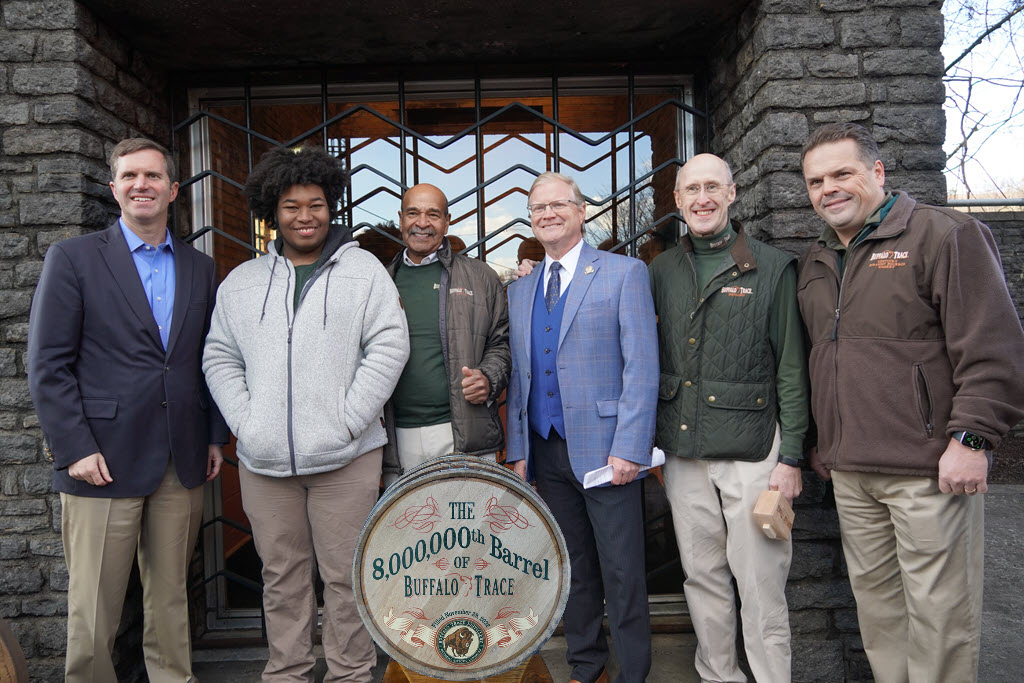
-
Save
Buffalo Trace Distillery

-
Save
Stay Informed: Sign up here for the Distillery Trail free email newsletter and be the first to get all the latest news, trends, job listings and events in your inbox.
Buffalo Trace Distillery is an American family-owned company based in Frankfort, Franklin County, Kentucky. The Distillery’s rich tradition dates back to 1775 and includes such legends as E.H. Taylor, Jr., George T. Stagg, Albert B. Blanton, Orville Schupp, and Elmer T. Lee. Buffalo Trace Distillery is a fully operational distillery producing bourbon, rye, and vodka on site. It is a National Historic Landmark and is listed on the National Register of Historic Places.
Learn more about Buffalo Trace Distillery.
View all Frankfort Distilleries.
View all Kentucky Distilleries.
View all U.S. Distilleries.
Stay Informed: Sign up here for the Distillery Trail free email newsletter and be the first to get all the latest news, trends, job listings and events in your inbox.
Please help to support Distillery Trail. Sign up for our Newsletter, like us on Facebook and follow us on Instagram and Twitter.

